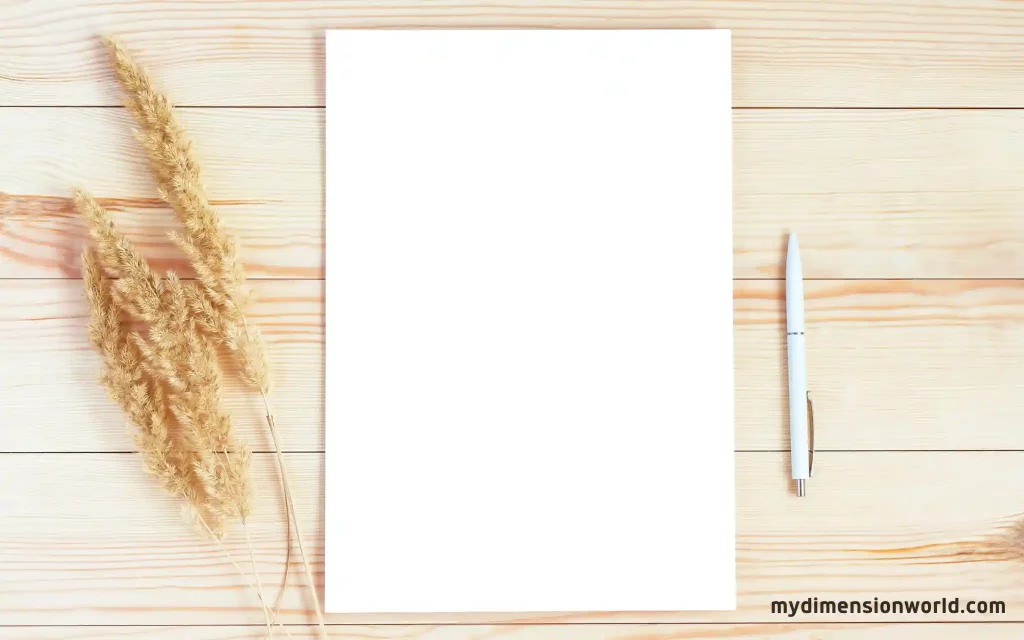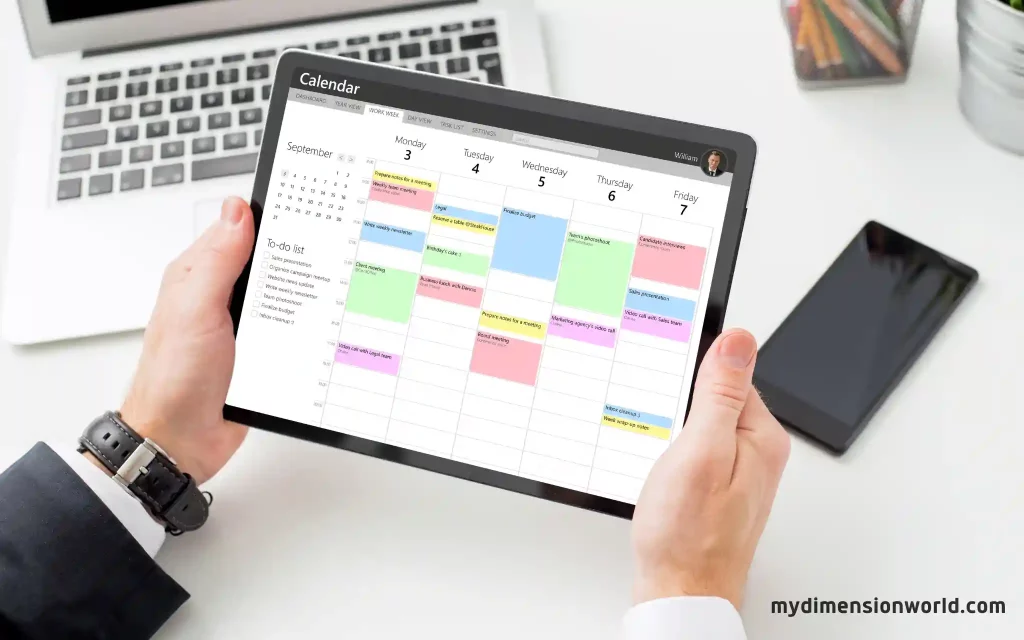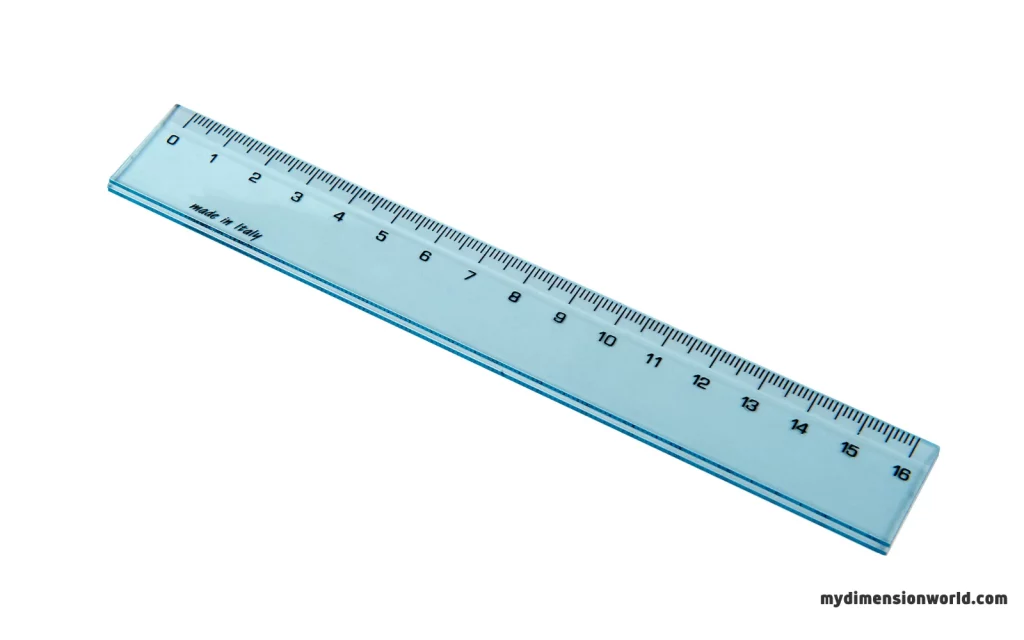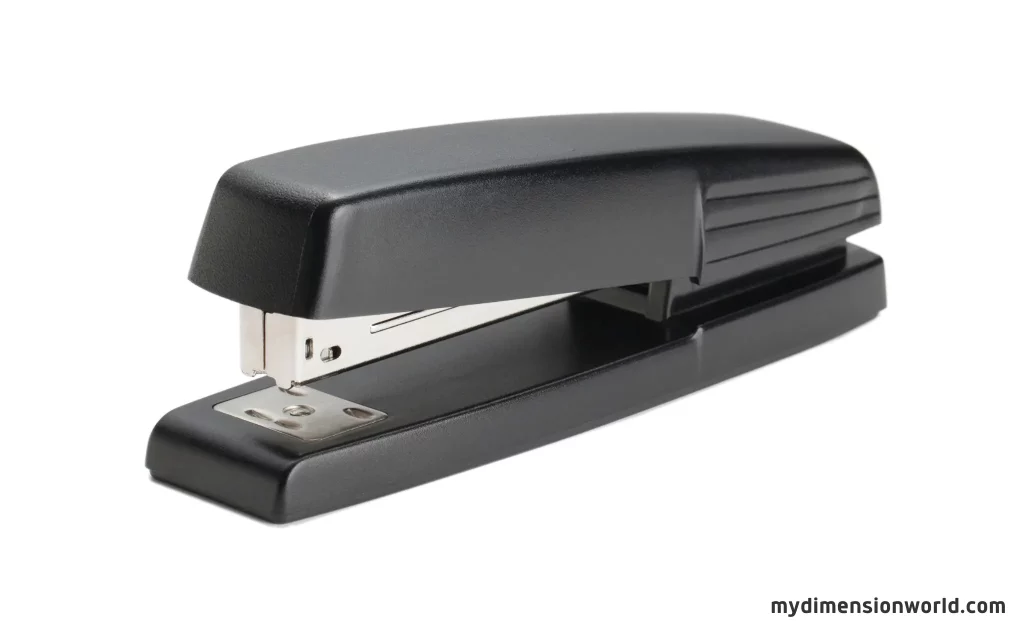8.5 inches—it’s a pretty specific measurement. Not quite a foot long, but definitely longer than your average smartphone. While it may seem like an odd size, 8.5 inches is actually quite common for many everyday objects.
In this blog post, we’ll look at 11 common things about 8.5 inches in length or width. Understanding the relatable scale of this measurement can give you a new appreciation for the design of the world around you!
Contents
1. The Standard Sheet of Paper

Let’s start with the obvious one: a standard sheet of paper is 8.5 inches wide by 11 inches long. This size has been used in the United States and Canada since the early 20th century. Many home and office printers are designed to accommodate 8.5×11 paper.
It’s the perfect size for documents, letters, flyers, and more. You’ve likely handled hundreds of sheets of 8.5×11 paper without even thinking about it!
2. Tablet Computer Screen Size

The screens of many popular tablet computers, such as the iPad and Microsoft Surface, measure right around 8.5 inches diagonally.
This screen size strikes a nice balance between portability and ample display size for activities like web browsing, streaming video, and gaming.
An 8.5-inch screen gives you enough real estate to comfortably view content while still being small enough to carry around easily. Tablet manufacturers have settled on this screen size as a sweet spot for many consumers.
3. Standard Ruler

Take out a standard 12 inche ruler and measure from the 3-inch mark to the 11-inch mark – you have a segment that’s 8.5 inches long.
Ruler manufacturers mark the inches in equal segments for easy measuring. So that nearly 9-inch portion makes up over 70% of a 12-inch ruler’s length.
It’s a conveniently sized segment for quickly measuring items in school, at work, and elsewhere. The next time you need to measure something, appreciate how an 8.5-inch ruler mark can be handy!
4. Stapler Length

The length of a standard full-size desk stapler is usually close to 8.5 inches. This allows the stapler to sit comfortably on a desk while holding many staples and having room for a deep stapling mechanism.
Mini staplers can be just 4-5 inches long, while larger industrial models may be over 12 inches. But the typical office stapler, right around 8.5 inches, strikes a versatile balance – compact enough for desk use while still holding a good amount of standard-sized staples.
5. Width of a Brick
A standard brick is about 8 inches long by 2.5 inches high. But what about the other dimension? You guessed it – bricks are commonly about 8.5 inches wide or thick.
This size allows bricks to be mortared together in rows while maintaining strength and stability. Bricks have been made to these approximate dimensions for centuries.
So while their length and height vary a bit, you can usually count on their width being 8.5 inches.
6. Magazine Width
If you’ve ever flipped through a magazine at home or in a waiting room, you may have noticed they have a consistent width.
That’s because most popular magazines are designed to be 8.5 inches wide. This matches the dimensions of a standard sheet of paper, allowing magazines to be printed efficiently on paper feeding through modern high-speed presses.
Their wider format provides more space for eye-catching layouts compared to narrower newspapers. The next time you pick up a magazine, check out its width relative to items like paper or rulers.
7. Width of a Vinyl Record
Vinyl records have been returning in recent years after being overtaken in popularity by CDs and digital music.
But did you know most vinyl albums have maintained a standard width of about 8.5 inches, the same as decades ago?
This width fits well on phonograph turnstiles and allows for adequate sound-quality grooves to be engraved into the vinyl. Records did get thinner over time, from about 1/4 inch to 1/8 inch. But their 8.5-inch diameter has persisted as the industry standard.
8. Sheet Cake Pan Size
Bakeries often stock sheet cake pans that are around 8.5×13 inches. This allows them to bake cakes that feed larger parties efficiently.
The 8.5 inch width yields a cake wide enough to serve a crowd, while the 13 inch length offers ample space to decorate or write text.
Many home bakers also use metal baking pans of this size. So the next time you eat sheet cake, consider that the length and width were chosen intentionally based on the typical serving needs for group gatherings and celebrations.
9. Horizontal Laptop Dimension
The horizontal width of many standard laptop computers measures close to 8.5 inches. This width allows for a screen that’s large enough for comfortable viewing and productivity while still keeping the overall device compact for portability.
Some ultra-slim laptops are narrower, while gaming rigs may be wider to accommodate advanced graphics. But for regular laptops intended for school, business, and general home use, manufacturers have largely settled on 8.5 inches as an optimal width.
10. Hardcover Fiction Books
Many popular hardcover adult fiction books are about 8.5 inches wide. Combined with their typical 6 inch height, this makes for a compact yet thick book that feels good in the hand.
Short story collections and children’s fiction may be smaller, while textbooks, cookbooks, and visual-heavy books might be wider.
But that 8.5 inch width has become expected among adult fiction readers and allows publishers to design attractive covers that aren’t too large or cramped.
11. The Short Side of a Sheet of Plywood
Plywood sheets designed for construction and home improvement projects commonly measure 8 feet long and 4 feet wide. What’s that 4 foot width in inches? You guessed it again – 48 inches, or 8.5 feet.
This plywood size allows for versatile use – ripping sheets in half yields two 2 foot wide pieces, while cutting them into thirds gives you popular 16 inch widths. Those nearly 9 inch wide plywood sheets strike the perfect balance for handling and flexibility.
